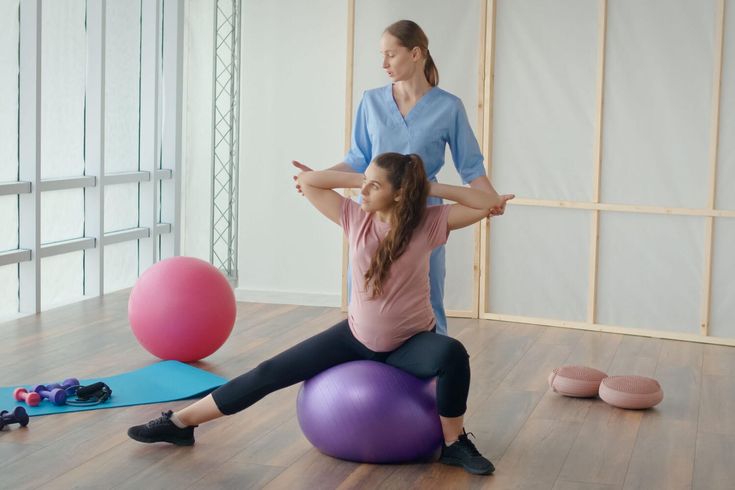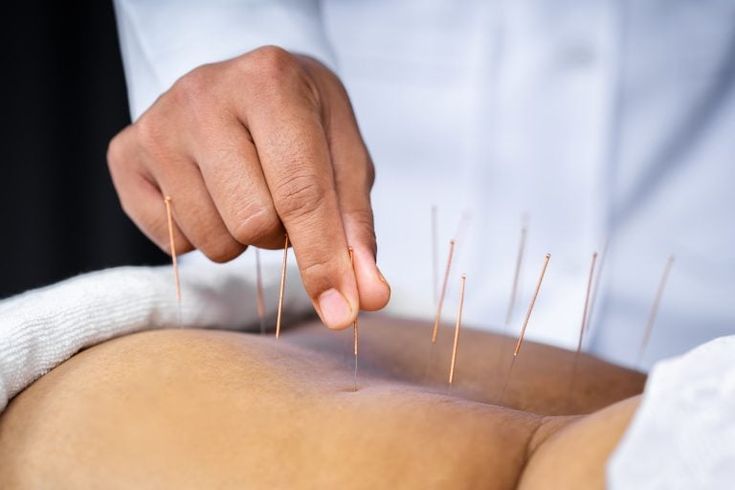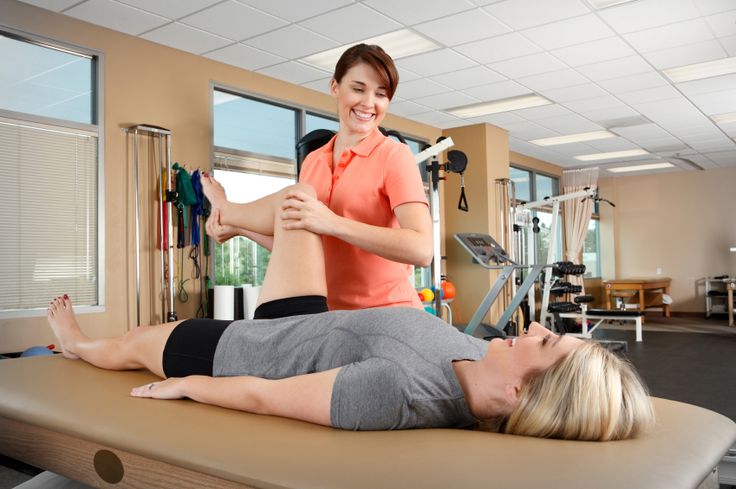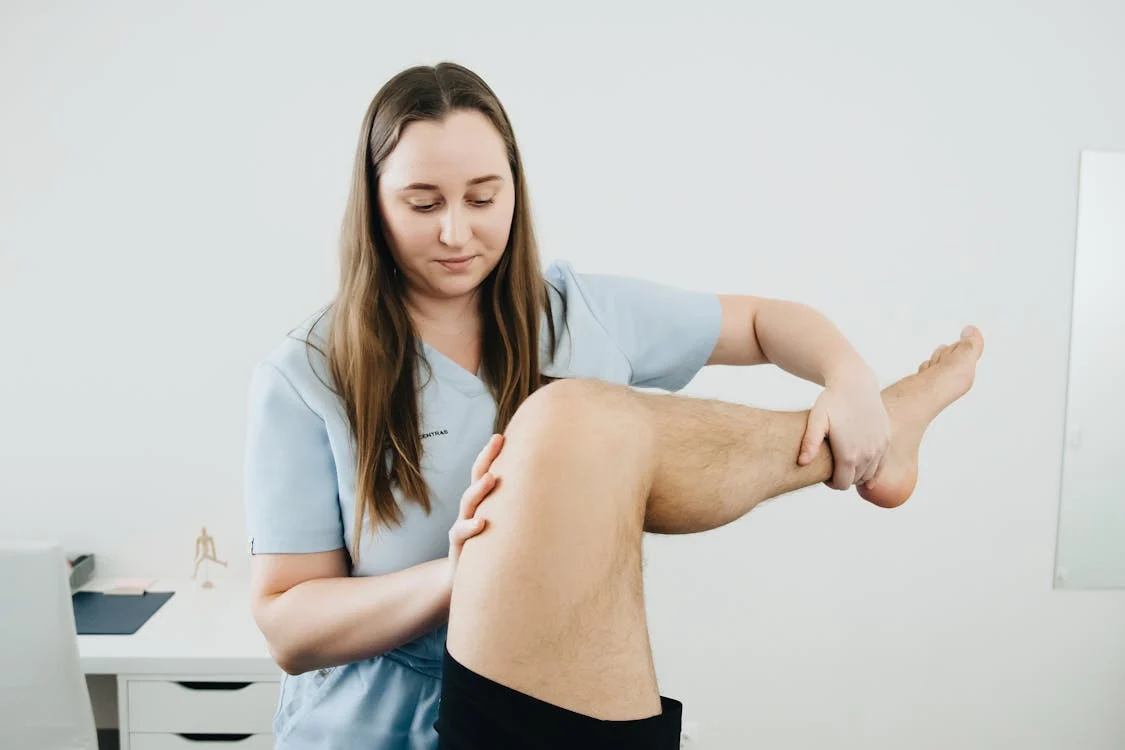The Importance of Manual Therapy in PainRelief
Pain is one of the most common reasons people seek medical help. From backaches and stiff
joints to sports injuries and chronic conditions, pain can limit daily activities and reduce overall
quality of life. While painkillers are often the first solution many people reach for, more and more
patients and healthcare professionals are turning to manual therapy as a natural, hands-on
approach to pain relief.
Manual therapy goes beyond masking symptoms. It addresses the underlying causes of
discomfort, helping people regain mobility, improve function, and restore confidence in their
bodies.
What is Manual Therapy?
Manual therapy is a specialised branch of physiotherapy that uses hands-on techniques to treat
musculoskeletal pain and movement problems. Unlike exercise-only approaches, manual
therapy involves skilled physical contact where the therapist manipulates muscles, joints, and
soft tissues.
Common manual therapy techniques include:
● Joint mobilisation and manipulation – gentle, controlled movements applied to stiff
joints to restore range of motion.
● Soft tissue techniques – including massage and myofascial release, designed to relax
tight muscles and improve circulation.
● Trigger point therapy – applying pressure to sensitive points in muscle fibres that can
cause referred pain elsewhere in the body.
● Manual stretching – helping to improve flexibility and reduce stiffness in restricted
areas.
These techniques are often combined with exercise and rehabilitation programmes, ensuring
patients benefit from both immediate pain relief and long-term functional improvement.
How Manual Therapy Helps in Pain Relief
Manual therapy offers a wide range of benefits for people struggling with pain. Here are some of
the main ways it works:
- Reduces Muscle Tension
When we are in pain, our muscles naturally tighten to protect the affected area. While this is the
body’s way of guarding against further injury, prolonged tension can make pain worse. Manual
therapy helps relax these muscles, allowing them to move more freely and reducing the build-up
of inflammation. - Improves Mobility and Flexibility
Joint stiffness is a major contributor to pain, especially in conditions such as arthritis or after an
injury. Through gentle mobilisation, manual therapy restores natural movement in joints, making
everyday activities—like walking, bending, or reaching—much easier and less painful. - Addresses Root Causes
Unlike medication, which mainly provides temporary relief, manual therapy targets the source of
discomfort. Whether the pain stems from poor posture, repetitive strain, an old injury, or
muscular imbalances, a physiotherapist can identify and treat the underlying issue rather than
just masking the symptoms. - Enhances Nervous System Function
Manual therapy doesn’t only affect muscles and joints. Hands-on techniques also stimulate
nerve receptors that communicate with the brain. This process helps calm pain signals and
improves the body’s natural ability to heal. - Supports Recovery Without Medication
For people looking to avoid long-term medication or those sensitive to painkillers, manual
therapy provides a drug-free alternative. It is particularly valuable for patients managing chronic
pain who want a safe and effective option without the risks associated with prolonged use of
pharmaceuticals.
Conditions That Benefit from Manual Therapy
Manual therapy can be applied to a wide variety of conditions. Some of the most common
include:
● Back and neck pain – whether from poor posture, slipped discs, or tension.
● Sports injuries – including sprains, strains, and overuse injuries.
● Headaches and migraines – particularly those linked to neck or shoulder tension.
● Arthritis and joint pain – easing stiffness and improving mobility.
● Post-surgical recovery – helping restore function after orthopaedic surgery.
● Chronic pain conditions – such as fibromyalgia and repetitive strain injury.
By tailoring treatment to each individual, manual therapy ensures patients receive the most
appropriate and effective approach for their specific condition.
Why Choose Manual Therapy?
There are several reasons why manual therapy is becoming a preferred option for many people
seeking pain relief:
Personalised Treatment
No two people experience pain in exactly the same way. Manual therapy is highly individualised,
with treatment plans designed to suit each patient’s needs, lifestyle, and goals.
Whole-Body Approach
Pain in one area is often connected to issues elsewhere. For example, knee pain may be
influenced by hip weakness or poor posture. Manual therapists assess the whole body to
ensure treatment addresses all contributing factors.
Empowering Patients
Alongside hands-on treatment, physiotherapists provide advice, exercises, and education that
allow patients to take an active role in their recovery. This combination of professional care and
self-management is key to long-term success.
Non-Invasive and Safe
Unlike surgery or long-term medication use, manual therapy is a natural and low-risk treatment
option. When performed by a qualified professional, it is safe, effective, and suitable for people
of all ages.
Examples of Manual Therapy Techniques and Their Benefits - Joint Mobilisation
○ What it is: Gentle, repetitive movements applied to stiff joints.
○ When used: For arthritis, post-injury stiffness, or after surgery.
○ Benefit: Restores joint motion, reduces stiffness, and makes everyday
movements like walking, bending, or reaching easier. - Spinal Manipulation
○ What it is: A quick, controlled thrust applied to the spine.
○ When used: For acute low back pain, neck pain, or tension headaches.
○ Benefit: Relieves pain, restores spinal alignment, and can ease pressure on
nerves. - Soft Tissue Massage & Myofascial Release
○ What it is: Hands-on pressure and stretching applied to muscles and fascia.
○ When used: For muscle tension, sports injuries, or poor circulation.
○ Benefit: Increases blood flow, reduces muscle tightness, helps healing, and
relaxes the body. - Trigger Point Therapy
○ What it is: Direct pressure on tight “knots” in muscle fibres.
○ When used: For referred pain, such as sciatica-like symptoms or tension
headaches.
○ Benefit: Releases muscle spasms, reduces pain radiating to other areas, and
improves function. - Manual Stretching
○ What it is: Therapist-assisted stretching of tight or shortened muscles.
○ When used: For athletes, post-surgery recovery, or people with limited flexibility.
○ Benefit: Improves flexibility, reduces stiffness, and helps restore natural
movement patterns. - Joint Traction (Decompression)
○ What it is: Gentle pulling force applied to separate joint surfaces.
○ When used: For spinal disc problems, hip/knee arthritis, or chronic joint pain.
○ Benefit: Relieves pressure on joints, reduces pain, and promotes healing.
What to Expect from a Manual Therapy Session
If you are considering manual therapy, here’s what usually happens during a session: - Assessment – Your therapist will discuss your symptoms, medical history, and lifestyle,
followed by a physical examination. - Treatment Plan – A tailored approach will be created based on your condition and
goals. - Hands-On Techniques – The therapist will apply one or more manual therapy methods,
such as joint mobilisation, massage, or stretching. - Exercise Prescription – You’ll be given specific exercises to do at home to support your
recovery. - Progress Review – Follow-up sessions monitor improvements and adapt treatment as
needed.
This structured approach ensures patients not only feel better after each session but also
continue improving between appointments.
Final Thoughts
Pain should never be accepted as a normal part of life. Whether you are recovering from an
injury, struggling with arthritis, or living with chronic discomfort, manual therapy provides an
effective, natural, and personalised solution.
By reducing muscle tension, restoring joint mobility, and addressing the root causes of pain,
manual therapy empowers patients to move more freely and enjoy a better quality of life.
If you’re looking for a safe, drug-free way to manage pain, manual therapy could be the key to
lasting relief. Speak to a qualified physiotherapist today to discover how this hands-on approach
can make a difference to your health and wellbeing.









